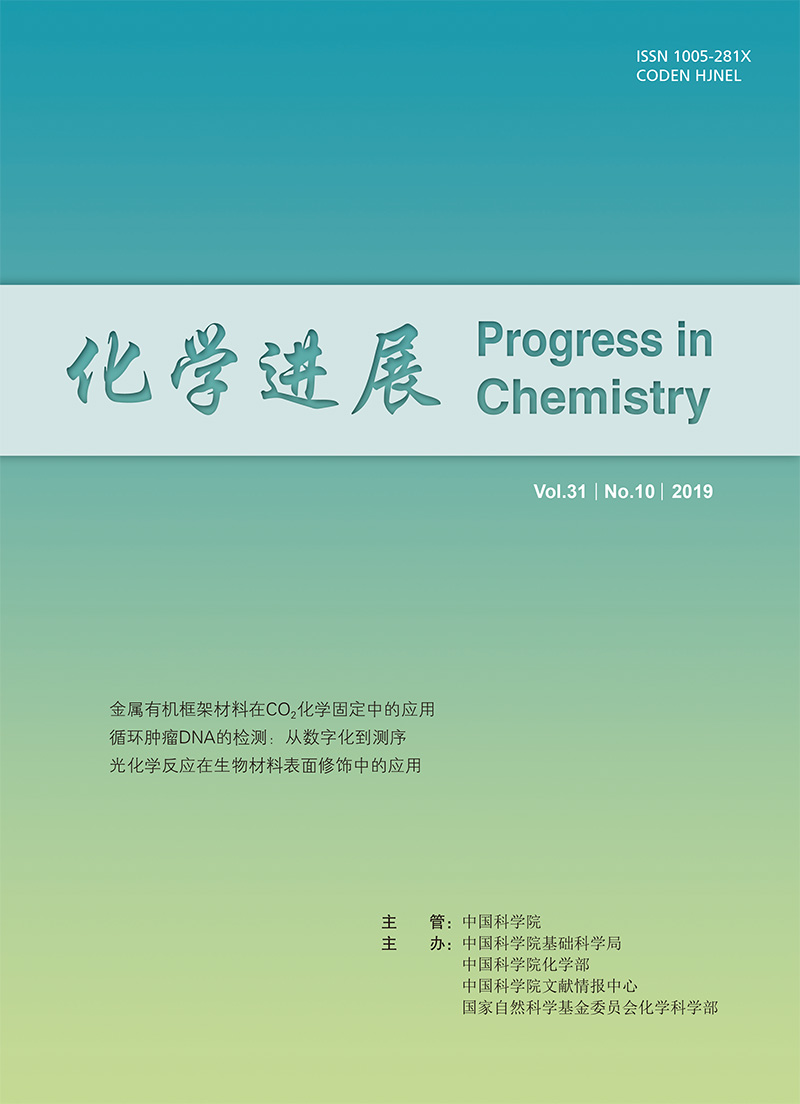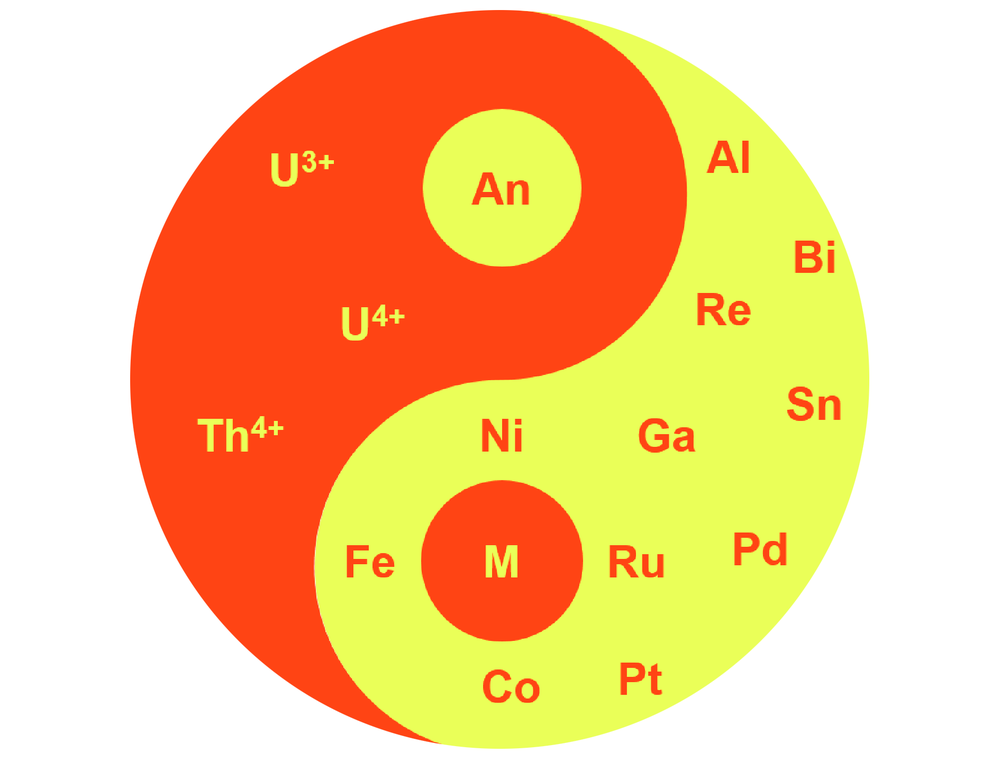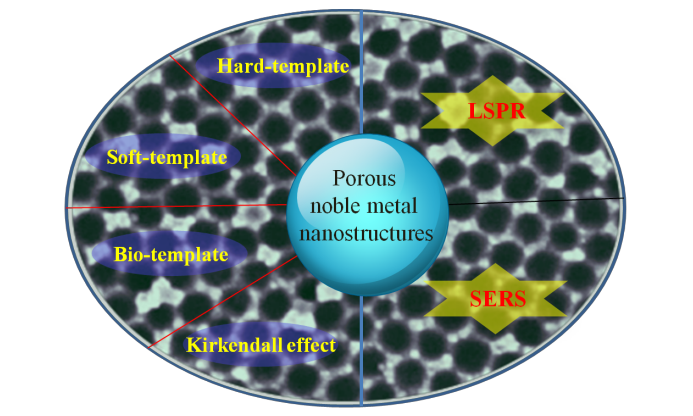Xiaowang Chi, Qunyan Wu, Jipan Yu, Qin Zhang, Zhifang Chai, Weiqun Shi. Actinide-Heterobimetal Compounds[J]. Progress in Chemistry, 2019, 31(10): 1341-1349.
The study of organoactinide compounds has become one of the hot fields in organometallic chemistry, which are extremely challenging on synthesis and separation, and the potential application of actinide-heterobimetal compounds lie in catalysis and small molecule activation. With the deep understanding of unique electronic structure and properties of actinide compounds, some progress has been made in actinide-heterobimetal compounds. This review summarizes the research results of actinide-heterobimetal compounds in the past 30 years, including experimental and theoretical studies on actinide-transition metal and actinide-main group metal systems.


















